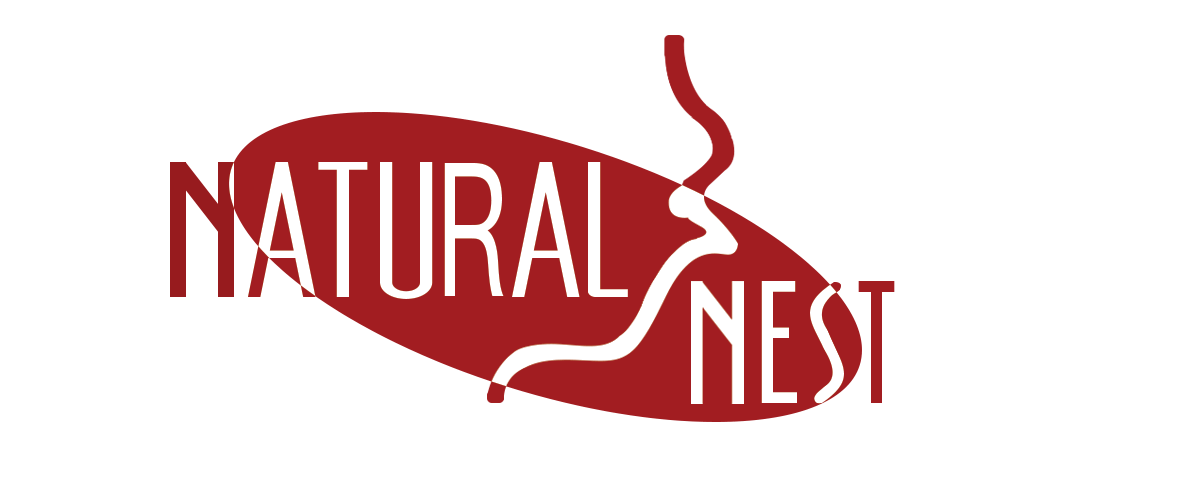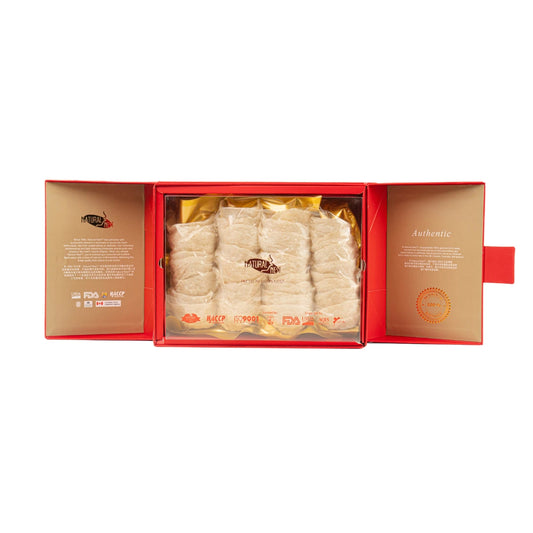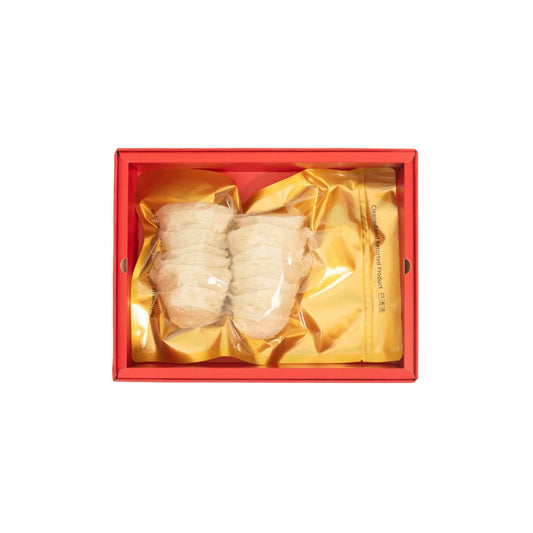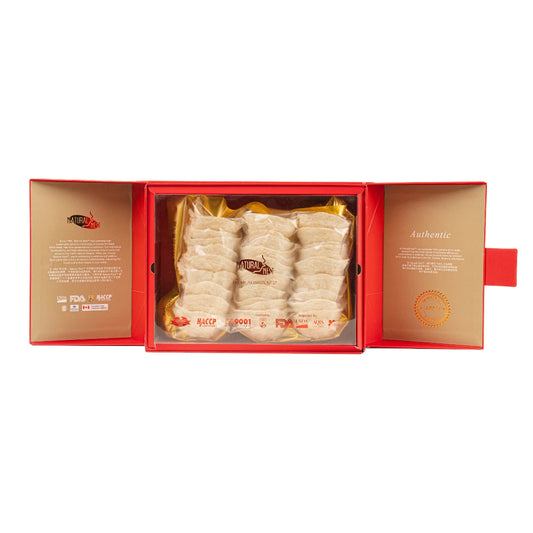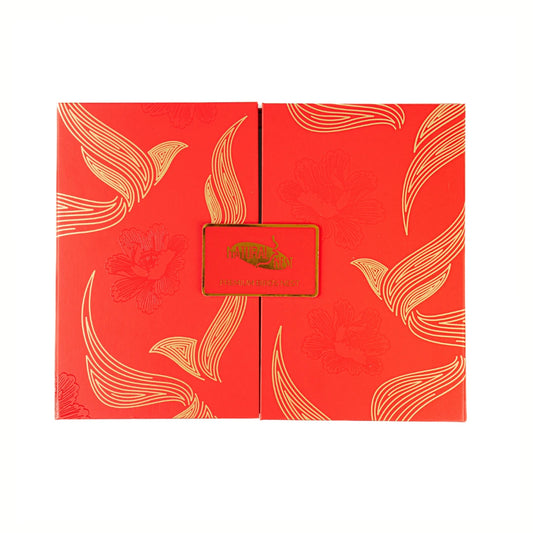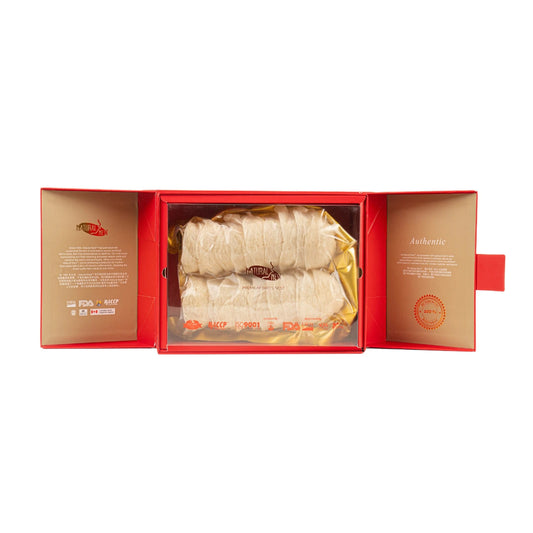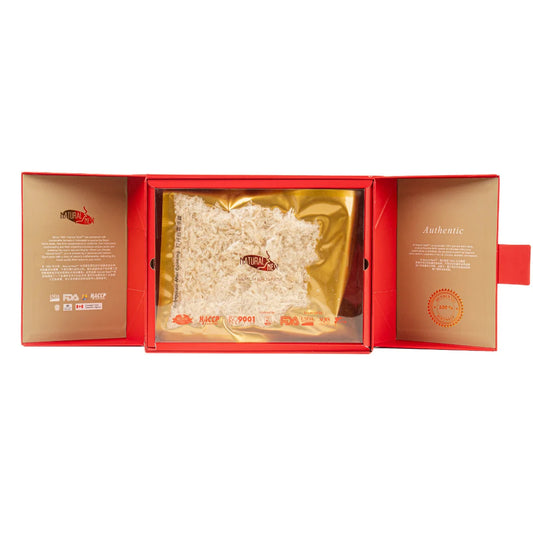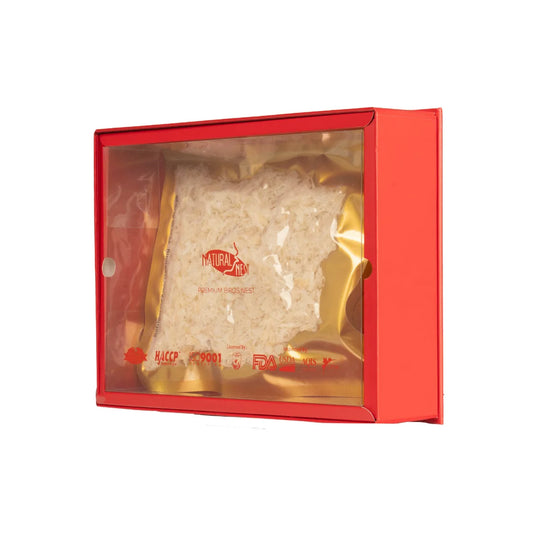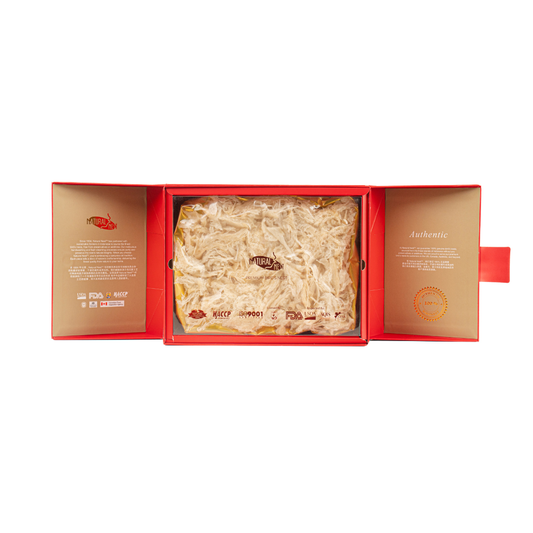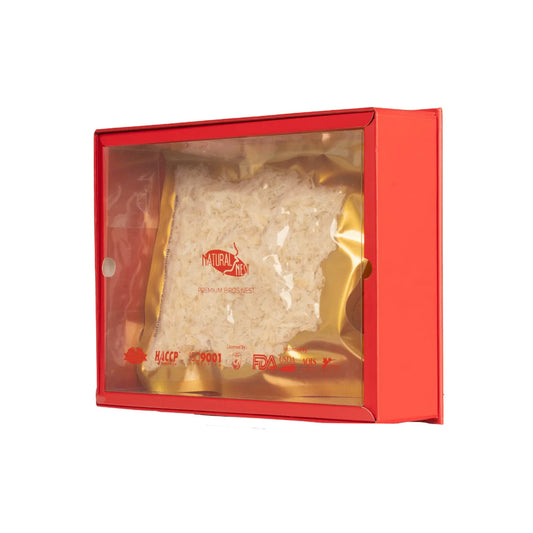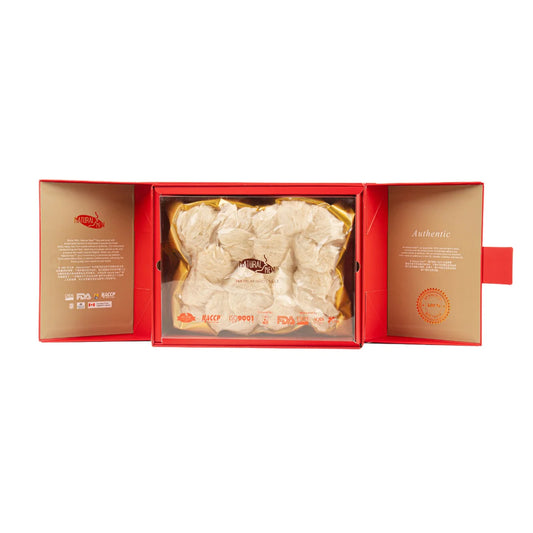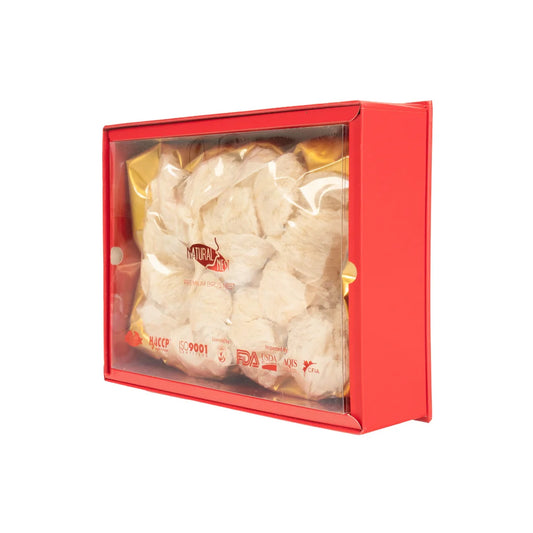Edible bird nests are a prized delicacy known for their numerous health benefits, including enhanced immunity, improved skin health, and better digestion. However, with a variety of options available, choosing the right bird nest can feel overwhelming. From understanding the different types to recognizing quality indicators, this guide will help you make an informed decision tailored to your needs.
Types of Edible Bird Nests
-
White Bird Nests: These are the most common and widely available. Harvested from swiftlets’ saliva, they are light in color and have a mild taste. White bird nests are a great choice for beginners and are known for their high nutritional content.
-
Golden Bird Nests: Slightly darker in color, golden bird nests develop their hue naturally due to environmental factors. They are slightly richer in flavor and nutrients, making them a premium option.
-
Red Bird Nests: Also known as "blood bird nests," these are rare and highly sought after. Their reddish hue comes from the swiftlets’ diet and environmental conditions. Red bird nests are considered a luxury item, often associated with enhanced health benefits.
Factors to Consider When Choosing Edible Bird Nests
-
Purpose of Consumption:
-
For general wellness, white bird nests are an excellent and cost-effective choice.
-
If you’re seeking enhanced benefits for skin health or recovery, golden or red bird nests may be more suitable.
-
Processing Method:
-
Hand-Cleaned: Opt for hand-cleaned bird nests, which are processed without the use of chemicals or bleach. This ensures the product retains its natural nutrients.
-
Machine-Cleaned: While less expensive, machine-cleaned nests may involve chemical treatments that reduce nutritional value.
-
Shape and Texture:
-
Cup-Shaped Nests: These are harvested intact and are considered the most premium.
-
Strips or Broken Pieces: These come from nests that break during the cleaning process. They are more affordable while still offering similar nutritional benefits.
-
Color and Appearance:
-
Authentic bird nests have a natural, slightly uneven color and a fibrous texture.
-
Avoid overly white or uniform-colored nests, as these may have been chemically bleached.
-
Source and Brand:
-
Choose reputable brands that prioritize ethical sourcing and quality assurance. Look for certifications that ensure the nests are free from additives and processed in hygienic facilities.
Why Choose Natural Nest?
At Natural Nest, we take pride in offering premium-quality edible bird nests that cater to a variety of needs. Our products are:
-
Ethically sourced from trusted swiftlet habitats.
-
Hand-cleaned to preserve their natural integrity.
-
Free from additives, ensuring you receive only pure and natural nutrition.
-
Available in a variety of forms to suit your preferences and budget.
How to Get Started
-
Determine your primary goal: wellness, beauty, recovery, or gifting.
-
Explore our product range at www.naturalnest.com to find options that meet your needs.
-
Start with a beginner-friendly product, such as white bird nests, and gradually explore other types.
Conclusion
Choosing the right edible bird nest doesn’t have to be complicated. By understanding the different types, processing methods, and quality indicators, you can make an informed decision that aligns with your health and wellness goals. Explore the premium collection at Natural Nest and embark on your journey toward better health today!
